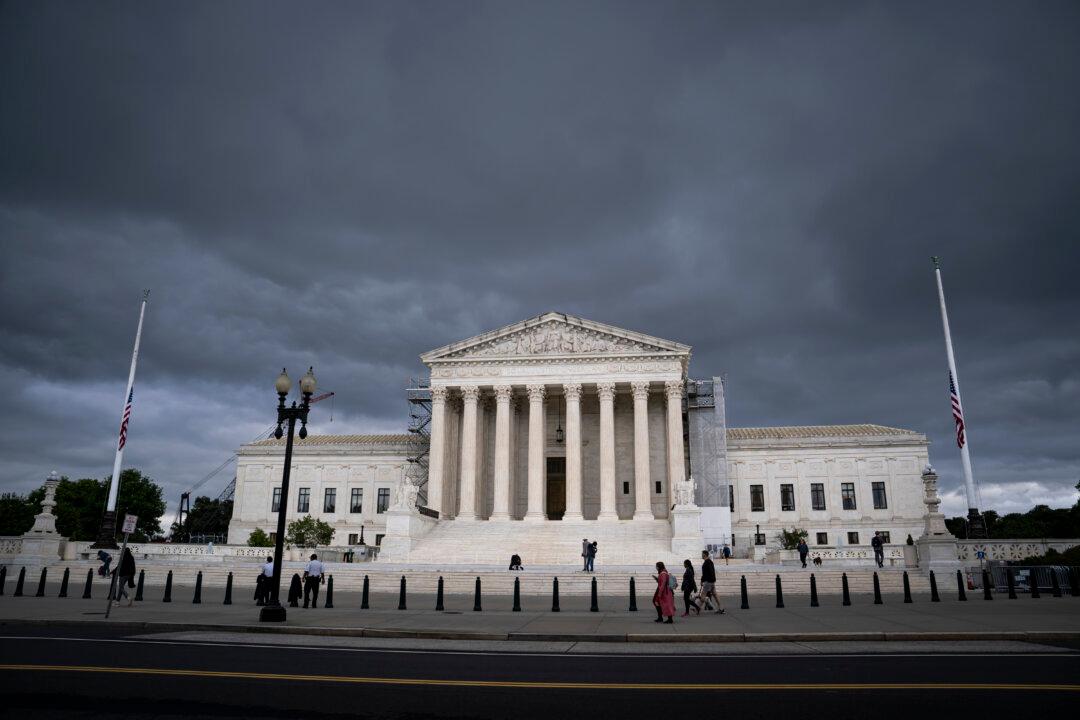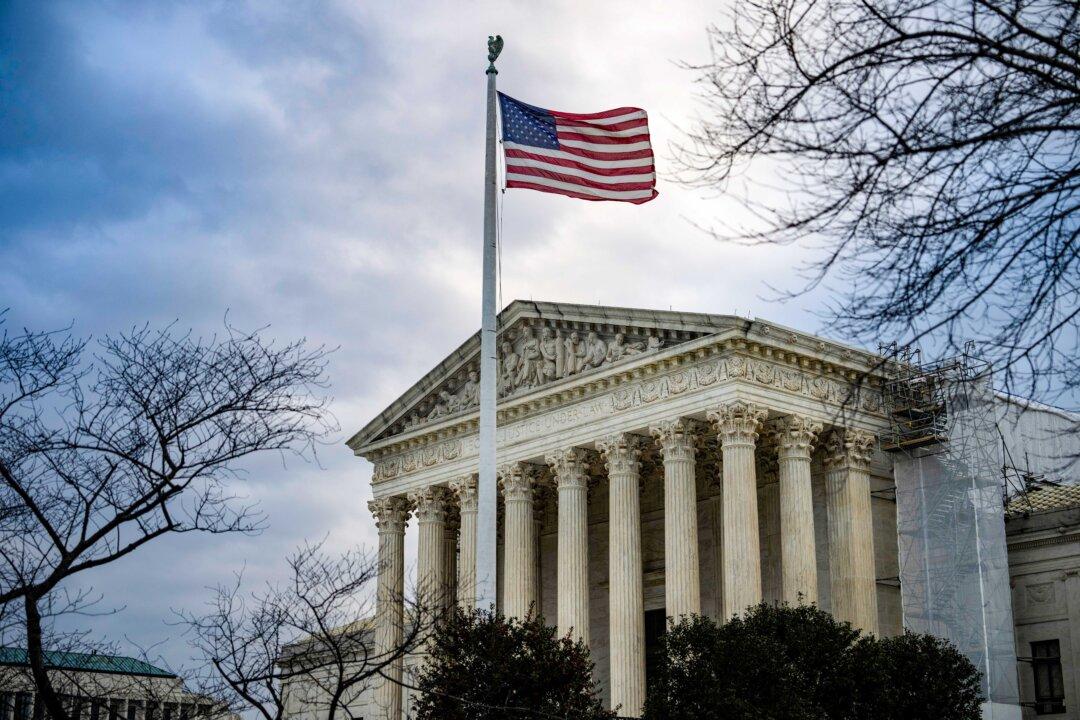Commentary
The major theme of the coming Supreme Court term is administrative law. Once obscure, this body of statutes, rules, and cases governing the structure and conduct of the federal government’s administrative agencies gained public attention through recent eye-catching cases—such as the ones that downed the student loan cancellation plan and set aside the clean power plan that would have shifted the nation’s power grid to all renewable energy sources.





